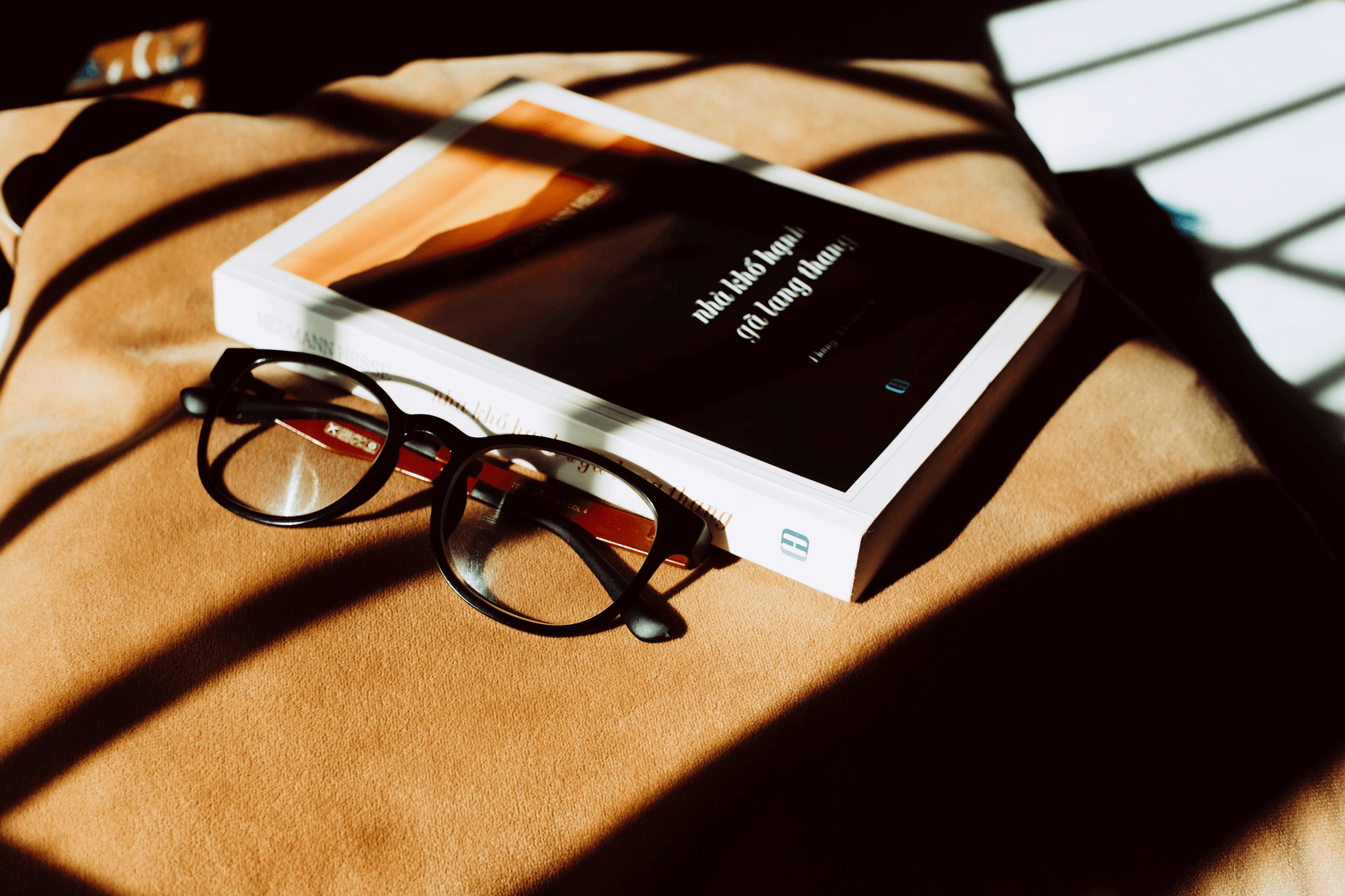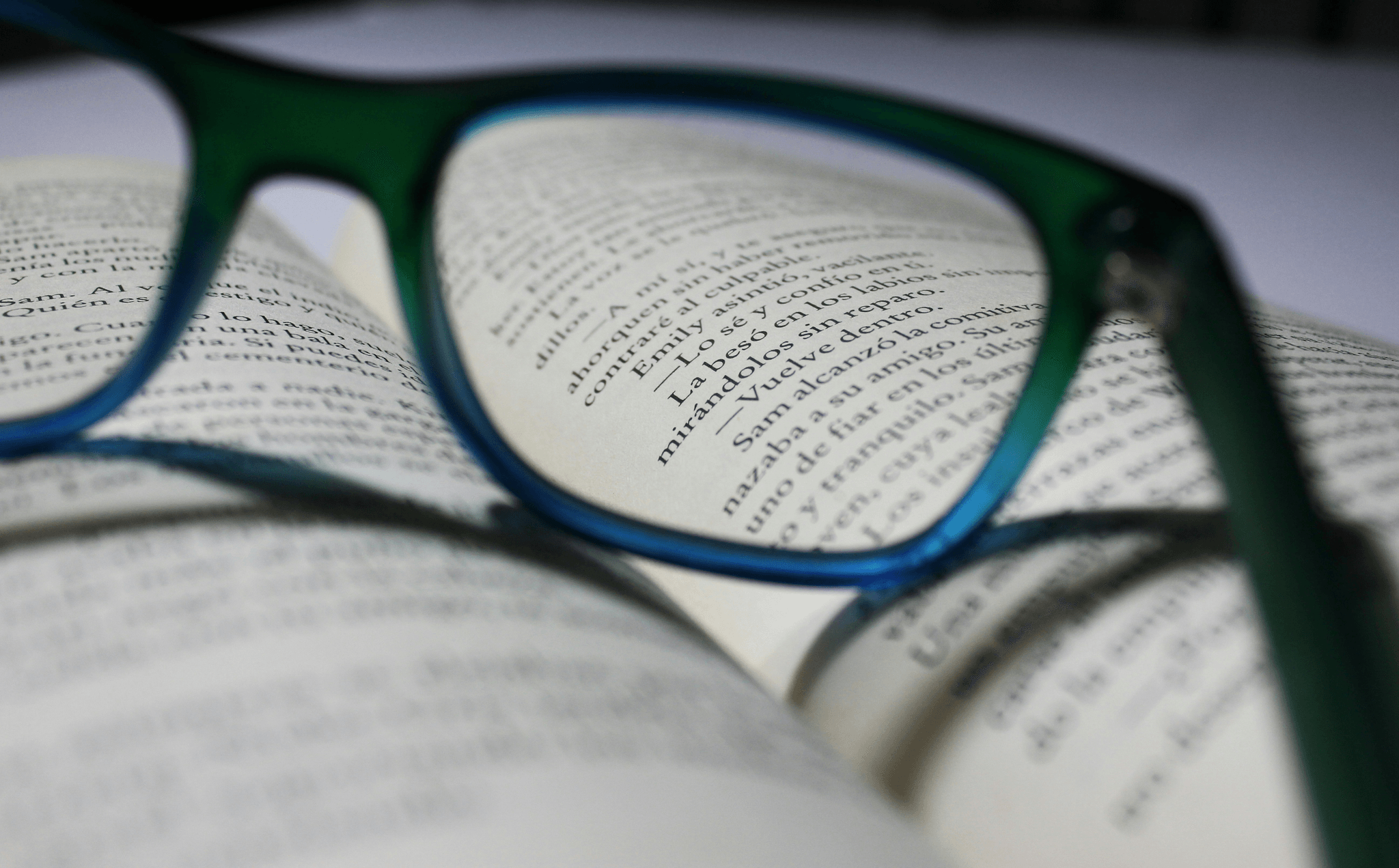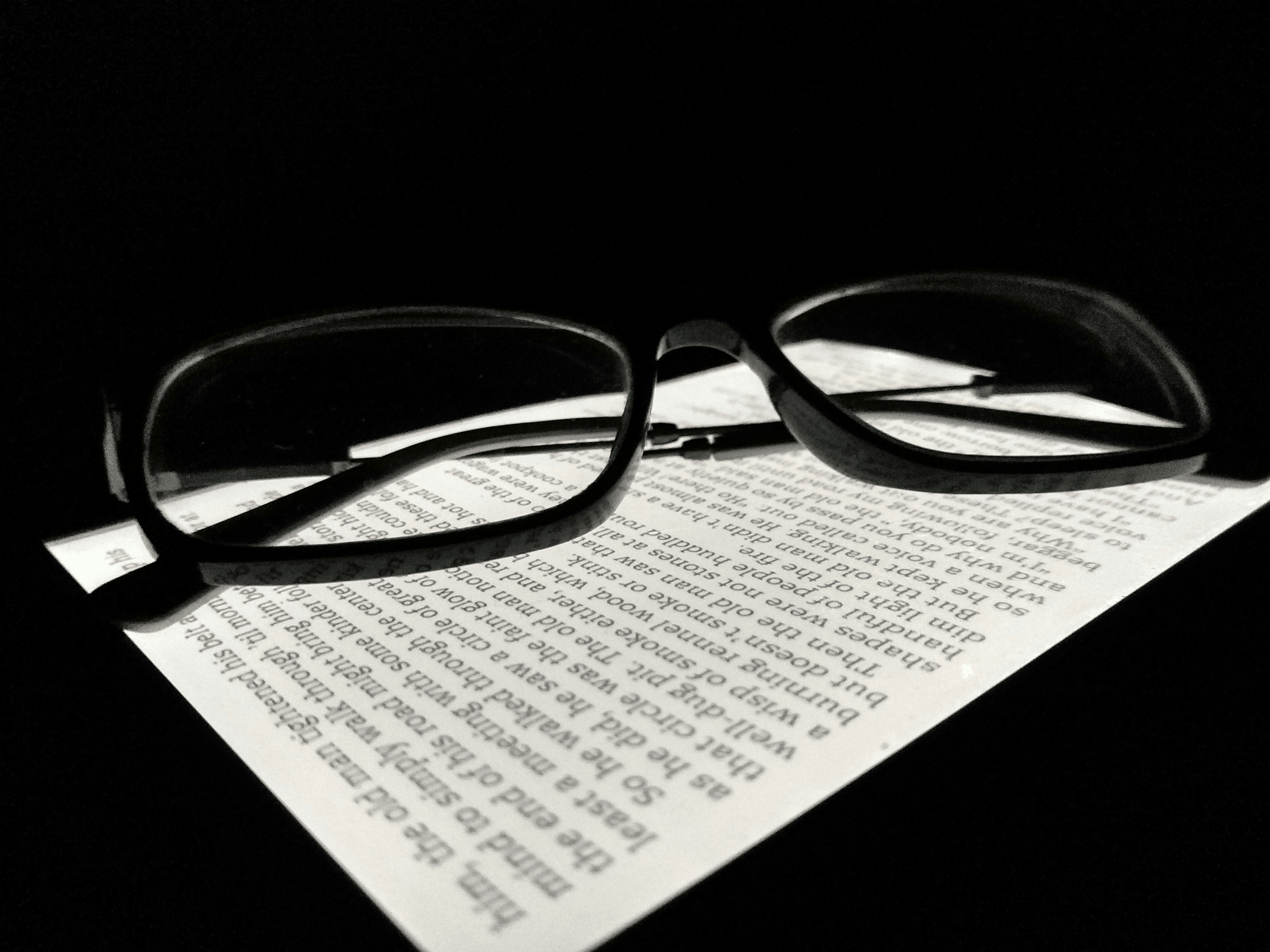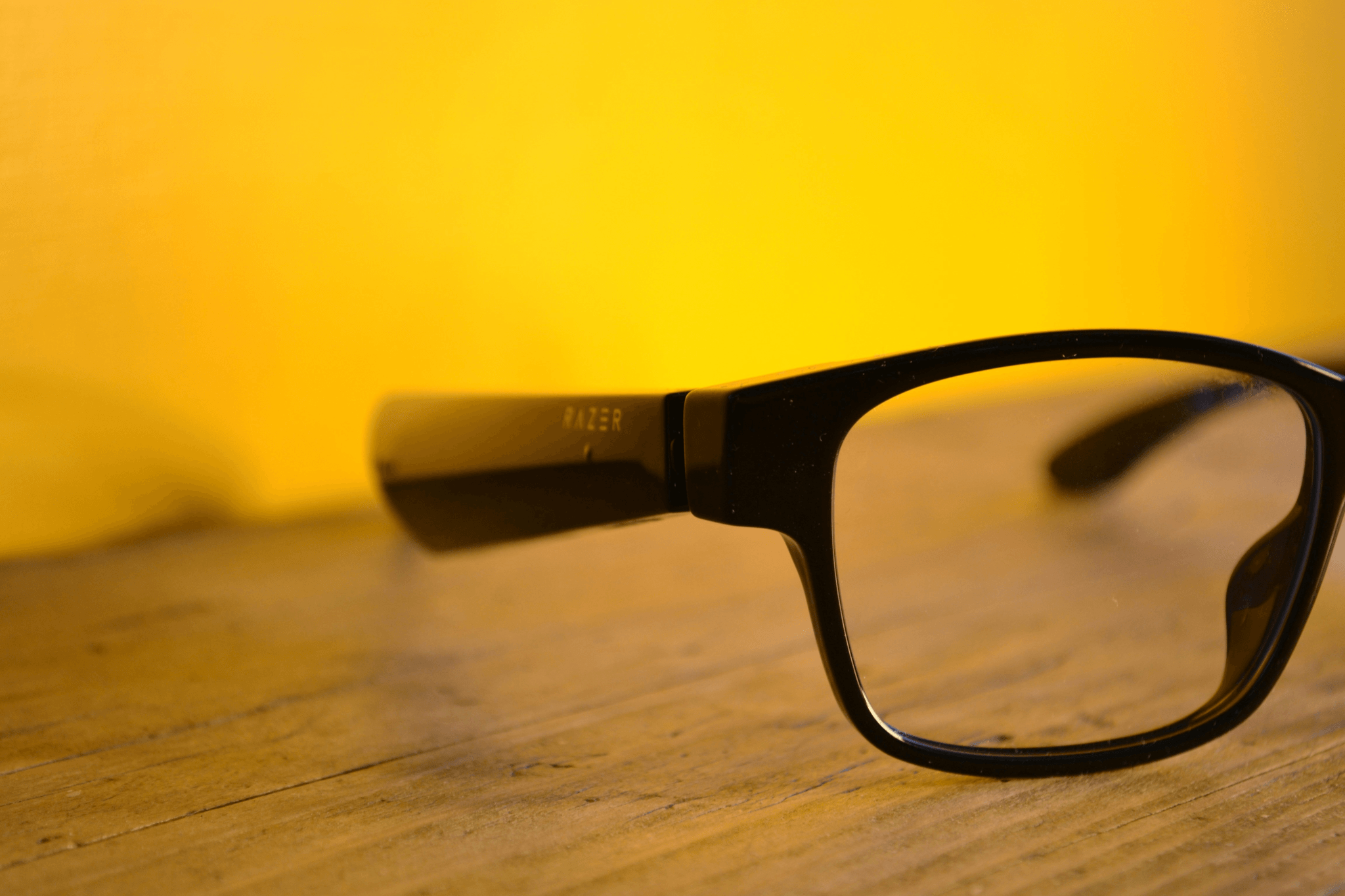Introduction
Navigating the world of reading glasses can feel like trying to decode an ancient script. With various reading glasses strengths available, it’s essential to understand which one suits your needs best. This introduction will help demystify the process, ensuring you know what strengths do reading glasses come in and how to select the right one for you.
Understanding Reading Glasses Strengths
Reading glasses strengths are typically measured in diopters, which indicate the lens power needed to magnify text for clearer vision. Each strength corresponds to a specific level of visual impairment; thus, knowing your requirements is crucial. Whether you're pondering if there's a big difference between 1.25 and 1.50 reading glasses or trying to grasp what does +3.00 mean on reading glasses, understanding these nuances will lead you toward clearer sight.
How to Select the Right Strength
Selecting the right strength involves a combination of self-assessment and professional guidance. Start by identifying any signs that might indicate you need reading glasses, such as squinting or eye strain while reading small print. Once you've recognized your vision needs, consulting an eye specialist can provide clarity on whether +2.00 is indeed the same as +200 in reading glasses or if other options might serve you better.
Key Terms to Know
Before diving deeper into the world of reading glasses strengths, it's beneficial to familiarize yourself with some key terms that often arise in discussions about eyewear prescriptions and strengths. Terms like diopter, prescription, and lens power will frequently pop up as you explore options available in stores or online platforms alike. Understanding these terms not only empowers you but also enhances your ability to communicate effectively with eye care professionals about your specific needs.
Recognizing Your Vision Needs

Signs You Might Need Reading Glasses
If you find yourself squinting at small text or holding books and menus at arm's length, these are classic signs that you may need reading glasses. Other indicators include experiencing headaches after prolonged periods of reading or noticing blurred vision when focusing on close objects. Recognizing these symptoms early on can help you determine what strengths do reading glasses come in and guide your selection process.
Assessing Your Comfort Level
Comfort is paramount when choosing reading glasses strengths, as the right pair should enhance your vision without causing strain. Take note of how different strengths feel during various activities; for instance, if a pair labeled +2.00 feels too strong, it might be worth trying a lower strength like +1.75 or even considering if +2.00 is the same as +200 in reading glasses terms. Finding a comfortable fit not only improves your daily experience but also ensures you're using the correct strength for your specific needs.
When to Consult an Eye Specialist
If you're unsure about which reading glasses strengths are right for you, consulting an eye specialist can provide clarity and peace of mind. They can perform comprehensive eye exams to assess whether you need corrective lenses and help decode any confusion around numbers like +3.00 on reading glasses labels. Regular check-ups are essential not just for determining what strengths do reading glasses come in but also for maintaining overall eye health.
What Strengths Do Reading Glasses Come In?

Overview of Common Strengths
Reading glasses typically come in strengths that range from +1.00 to +4.00 diopters, with increments of 0.25 or 0.50 being common between these values. The lower numbers, such as +1.00 or +1.25, are often suitable for those who have just started experiencing difficulty focusing on close-up tasks, while higher numbers like +3.00 and above cater to more significant vision challenges. It’s essential to note that these strengths aren’t one-size-fits-all; individual needs vary greatly based on factors like age and existing vision conditions.
Navigating the Numbers: Decoding Strengths
Navigating the numbers associated with reading glasses strengths might seem daunting at first glance, but it’s pretty straightforward once you get the hang of it! Each number indicates how strongly the lenses bend light to help you focus better on nearby objects—higher numbers mean stronger lenses. For instance, is there a big difference between 1.25 and 1.50 reading glasses? Yes! Even a small increment can impact your visual comfort significantly depending on your specific needs.
Understanding Prescription Labels
Understanding prescription labels is crucial when selecting reading glasses strengths that suit you best; they provide key information about lens power and other specifications tailored to your vision needs. Typically, you'll see a + sign followed by a number indicating the strength (e.g., +2.00), which helps clarify whether you're looking at standard over-the-counter options or custom prescriptions from an eye care professional—so don’t confuse +2.00 with +200! Additionally, some labels may include measurements for astigmatism correction if needed, making it important to read carefully before making a purchase.
Exploring Different Strengths

Is There a Big Difference Between 1.25 and 1.50 Reading Glasses?
You might find yourself pondering whether there’s a significant distinction between 1.25 and 1.50 reading glasses strengths. While the numerical difference is just 0.25, it can feel like a world apart when you’re trying to read fine print or enjoy your favorite novel! Those who are on the cusp of needing stronger lenses may notice that even minor adjustments in strength can lead to increased clarity and comfort during prolonged reading sessions.
Factors Influencing Strength Selection
Choosing the right strength for your reading glasses isn’t solely about numbers; several factors influence strength selection as well! Your age, daily activities, and how much time you spend reading or using digital devices all play crucial roles in determining which strength will work best for you. Additionally, personal comfort levels are essential; some may find they prefer slightly stronger lenses even if their prescription suggests otherwise.
Real-Life Examples of Strength Usage
Let’s look at some real-life examples to illustrate how different reading glasses strengths can impact daily activities! For instance, someone with +2.00 might feel comfortable enjoying a crossword puzzle but struggle with fine print on medication labels; they could benefit from moving up to +2.25 or even +2.50 for better clarity without straining their eyes too much at close distances—this highlights the importance of understanding Is +2.00 the same as +200 in reading glasses? In contrast, someone who reads extensively on digital devices may opt for lower strengths like +1.25 if they frequently switch between tasks that require varying focal distances.
The Mystery of +2.00 vs +200

When it comes to reading glasses strengths, a common point of confusion arises between the notations +2.00 and +200. While they may look different at first glance, they actually refer to the same strength in prescription terms. Understanding this equivalence can help users make informed choices about their eyewear without getting lost in the numbers.
Is +2.00 the Same as +200 in Reading Glasses?
Yes, indeed! The notation +2.00 is simply the decimal representation of the strength, while +200 is its millimeter equivalent, often used in more casual settings. Both indicate that these reading glasses strengths are designed for similar visual correction needs, so you can confidently choose either option when shopping for your next pair.
Clarifying the Confusion
The confusion between these two notations often stems from how prescriptions are written and discussed among various retailers and eye care professionals. While some might prefer using one format over the other, it's essential to remember that both signify a strength that helps with close-up vision tasks like reading or sewing. So whether you're asking “What strengths do reading glasses come in?” or trying to decipher your prescription label, knowing that +2.00 and +200 mean the same thing can save you from unnecessary headaches.
Practical Implications for Users
For users navigating their vision needs, recognizing that there’s no difference between +2.00 and +200 means less stress while selecting their ideal reading glasses strengths. This clarity allows individuals to focus on other important factors such as comfort and style rather than getting bogged down by numerical discrepancies—after all, is there a big difference between 1.25 and 1.50 reading glasses? Ultimately, understanding these nuances leads to better choices tailored to your lifestyle needs; whether you're a bookworm or an avid crafter requiring precise vision.
Interpreting Strength Ratings

Understanding the strength ratings of reading glasses is essential for ensuring optimal vision and comfort. When we talk about reading glasses strengths, we're often referring to the magnification power needed for close-up tasks, such as reading or sewing. Each strength rating indicates how much the lenses will magnify objects, helping you determine what strengths do reading glasses come in to meet your specific needs.
What Does +3.00 Mean on Reading Glasses?
When you see a strength rating like +3.00 on reading glasses, it signifies that these lenses provide a significant level of magnification suitable for individuals with more pronounced presbyopia or age-related vision changes. This strength is typically recommended for those who find it difficult to read small print or see details clearly at close distances. Understanding this rating helps clarify how different strengths impact your visual experience—after all, knowing what does +3.00 mean on reading glasses can help you avoid squinting at that novel you’ve been meaning to finish!
Matching Strength to Your Lifestyle
Selecting the right strength of reading glasses involves considering your daily activities and how they align with various strengths available in the market. If you're someone who spends hours staring at a computer screen or engaging in detailed crafts, you might need stronger lenses than someone who only reads occasionally during leisure time. Thus, matching your lifestyle with appropriate reading glasses strengths ensures that whether you're working on a project or unwinding with a book, you'll have the clarity you need without straining your eyes.
Identifying the Right Fit for Comfort
Finding comfortable reading glasses isn't just about selecting the right strength; it's also about ensuring they fit well and suit your personal style! A good fit means no slipping down your nose or pinching at the temples—both factors that can distract from enjoying whatever you're doing up close! So when assessing which strengths do reading glasses come in and determining if there’s a big difference between 1.25 and 1.50 reading glasses, consider how well each pair accommodates your unique facial structure while providing clear vision.
Conclusion

In the world of vision correction, choosing the right reading glasses strengths can make all the difference between squinting at your favorite book and enjoying every word with clarity. It's essential to understand what strengths do reading glasses come in, as this knowledge directly impacts your comfort and visual experience. Not only does selecting the appropriate strength enhance your reading pleasure, but it also helps prevent unnecessary eye strain.
Importance of Choosing the Right Strength
Selecting the right strength in reading glasses is crucial for maintaining optimal vision health. Many people wonder, Is there a big difference between 1.25 and 1.50 reading glasses? The answer is a resounding yes; even small increments in strength can significantly affect how easily you see fine print or read comfortably for extended periods. By understanding these nuances, you can ensure that your eyes are well-supported.
Moreover, knowing what does +3.00 mean on reading glasses helps you gauge whether you're choosing a pair that meets your specific needs or if adjustments are necessary for better clarity. When you find that perfect fit in terms of strength, it not only enhances your daily activities but also elevates your overall quality of life by reducing fatigue and discomfort.
Tips for Taking Care of Your Reading Glasses
Taking care of your reading glasses is just as important as selecting the right strengths to begin with! Always store them in a protective case when not in use to prevent scratches or damage from accidental drops—trust us; they’ll thank you later! Additionally, regularly cleaning your lenses with a microfiber cloth will keep them free from smudges and dirt, ensuring crystal-clear vision every time you put them on.
If you're ever confused about whether +2.00 is the same as +200 in reading glasses, don't hesitate to reach out to an eye care professional who can help clarify any uncertainties while providing tips on maintaining optimal lens condition over time. Remember that proper care extends their lifespan and keeps them functioning at their best!
Daposi Eyewear: Your Partner in Vision Solutions
When it comes to navigating through various reading glasses strengths, Daposi Eyewear stands out as an exceptional partner in finding tailored solutions for all your vision needs! Their extensive range ensures that whether you're looking for something subtle like +1.25 or more robust like +3.00, there's a perfect match waiting just for you! With expert advice readily available and stylish options galore, you'll be equipped not just with functional eyewear but also with confidence.
So next time you're pondering over questions like Is there a big difference between 1.25 and 1.50 reading glasses? or What does +3.00 mean on reading glasses?, remember that Daposi Eyewear is here to simplify these choices while prioritizing both style and comfort!
